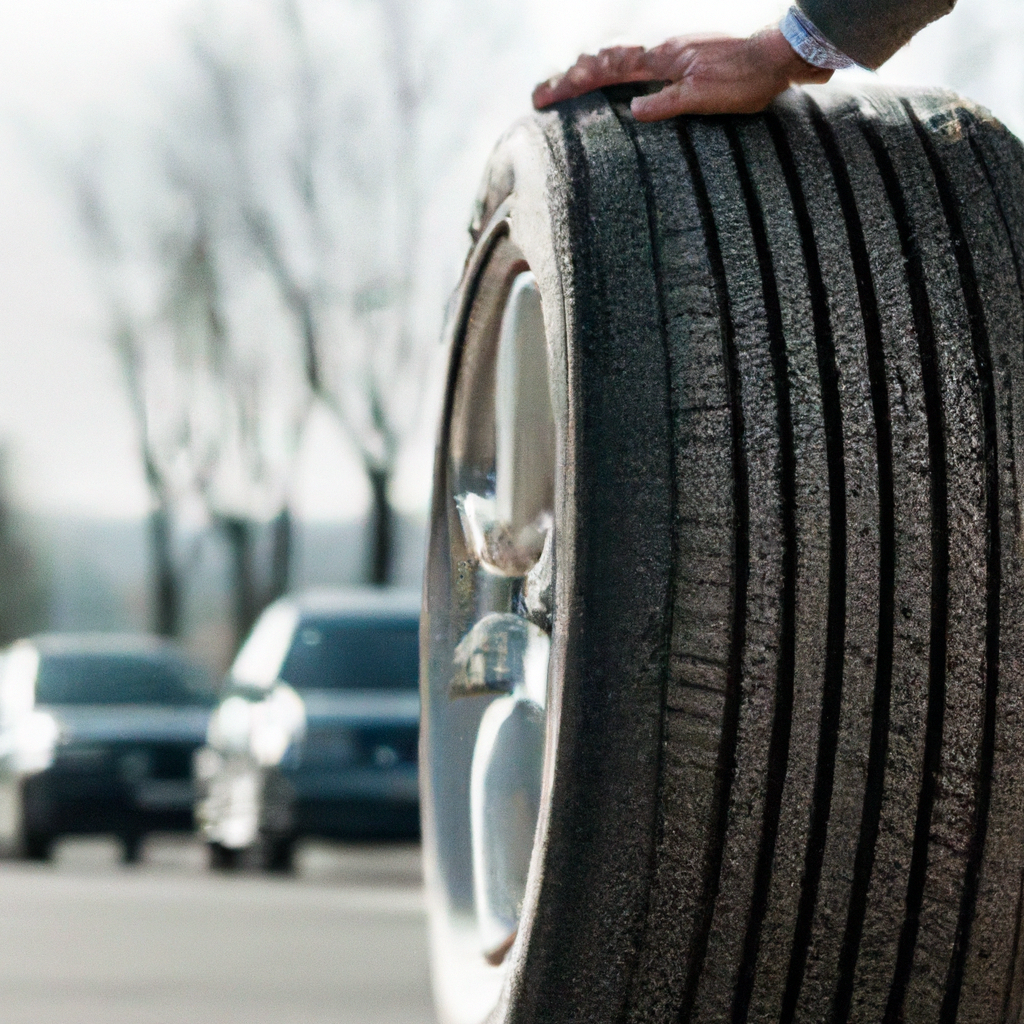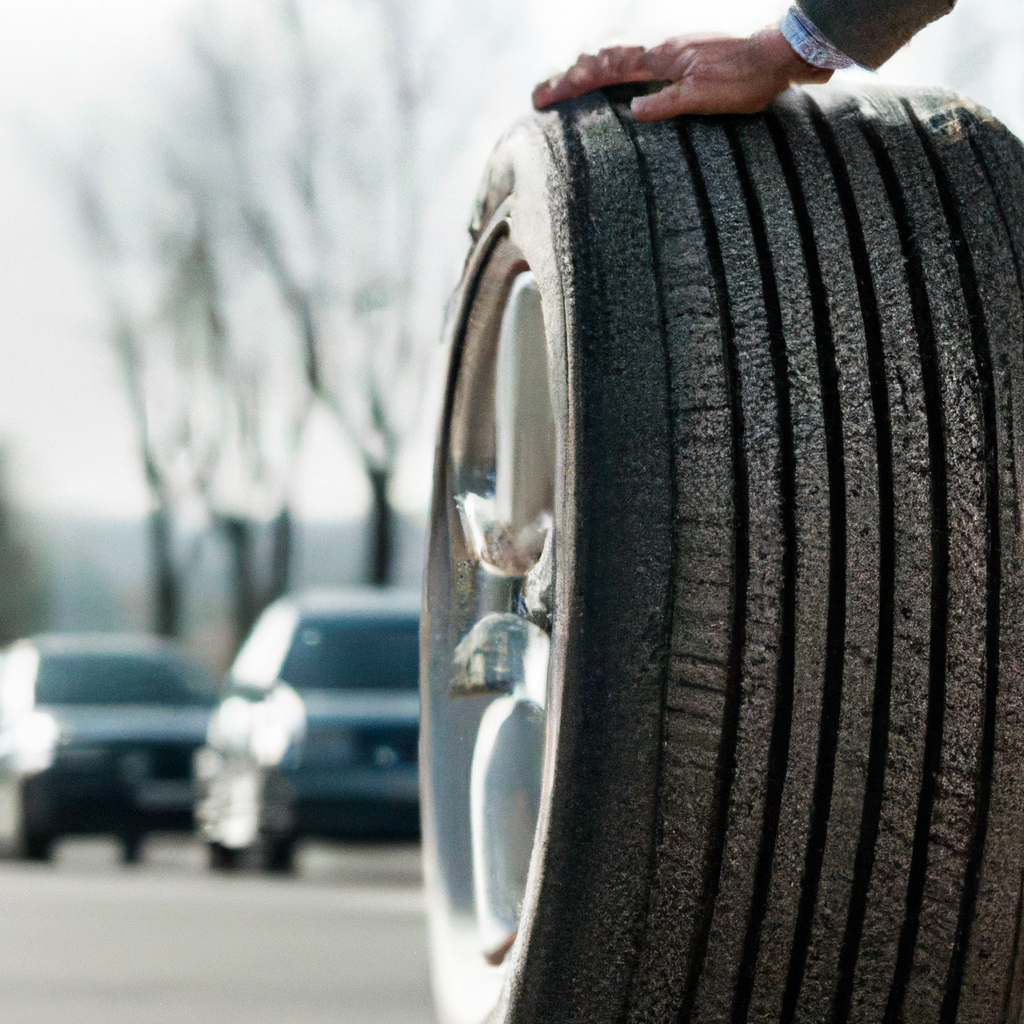Imagine cruising down the open road on a scorching summer day, the sun beating down on the pavement as your summer tires eagerly grip the surface. But what happens when the heat gets a little too intense? How can you tell if your summer tires are experiencing overheating? Fear not! In this article, we will explore the telltale signs of tire overheating with summer tires, so you can hit the road with confidence and keep your tires cool even in the hottest of summers.
Signs of Tire Overheating with Summer Tires
When the temperatures soar during the summer months, it is essential to keep an eye out for signs of tire overheating. Overheated tires can lead to a range of issues, from increased fuel consumption to dangerous tire blowouts. To ensure your safety on the road and the longevity of your summer tires, it is important to be aware of the warning signs that indicate your tires may be overheating. Here are ten common signs to watch out for:
1. Increased Temperature
One of the first signs of tire overheating is an increase in temperature. If you notice that your summer tires feel excessively hot to the touch, it may be an indication that they are overheating. Take a moment to feel the sidewalls of your tires after driving for a while. If they feel unusually warm or even hot, it is essential to address the issue promptly.
2. Excessive Tread Wear
Overheating can cause accelerated wear on the tread of your summer tires. If you inspect your tires and notice that the tread is wearing down faster than usual, it could be a sign of overheating. Additionally, excessive tread wear can lead to reduced traction on the road, making your vehicle more prone to skidding and accidents.
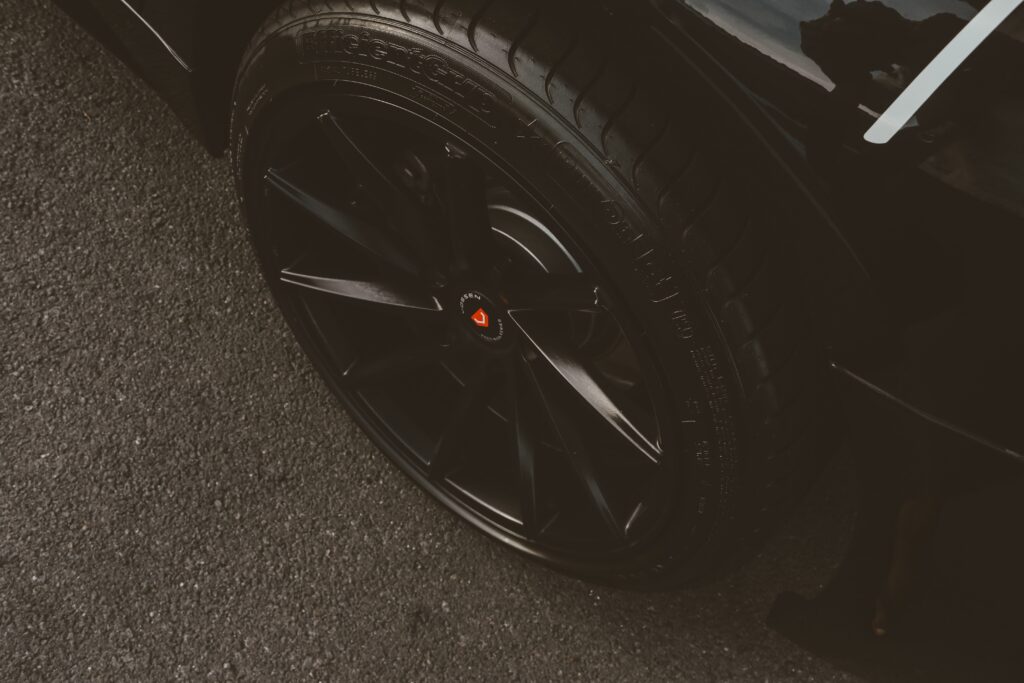
3. Blistering or Bubbling
A telltale sign of overheating in summer tires is the presence of blistering or bubbling on the tire’s surface. These abnormalities can occur when the internal components of the tire become excessively hot and start to separate. If you notice any blistering or bubbling on your tires, it is crucial to have them inspected by a professional as soon as possible.
4. Uneven Tire Pressure
Overheating can also cause fluctuations in tire pressure. It is not uncommon for summer tires to lose air pressure as they heat up, resulting in underinflated tires. On the flip side, the heat can also increase tire pressure, leading to overinflation. Both scenarios can compromise the performance and safety of your tires. Regularly checking and maintaining appropriate tire pressure is essential to prevent overheating.
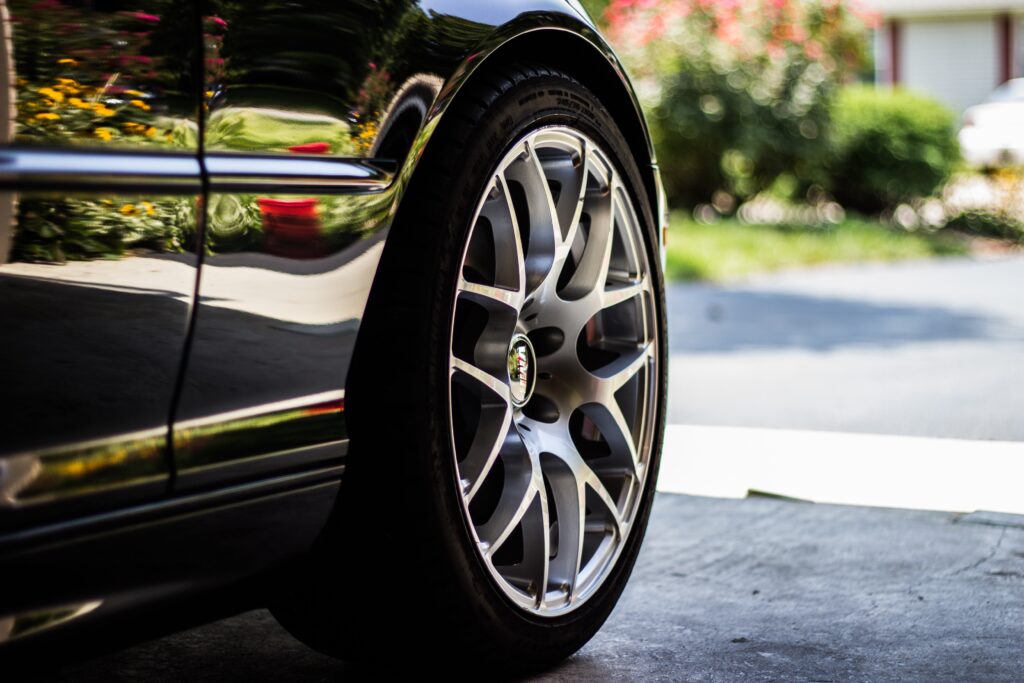
5. Unusual Tire Smell
Another sign of tire overheating is a distinct burning smell emanating from your tires. If you detect a strong, acrid odor resembling burnt rubber while driving, it may indicate that your summer tires are overheating. This odor can be particularly noticeable after long periods of continuous driving. Pull over to a safe location and inspect your tires if you experience this smell.
6. Tire Blowouts
Perhaps the most dangerous consequence of tire overheating is the risk of tire blowouts. Overheated tires are more prone to sudden failures, causing them to burst while driving. This can lead to loss of control, accidents, and even rollovers. If you experience a sudden loss of tire pressure, hear a loud bang, or notice your vehicle becoming difficult to control, it is crucial to pull over immediately and inspect your tires for any signs of a blowout.
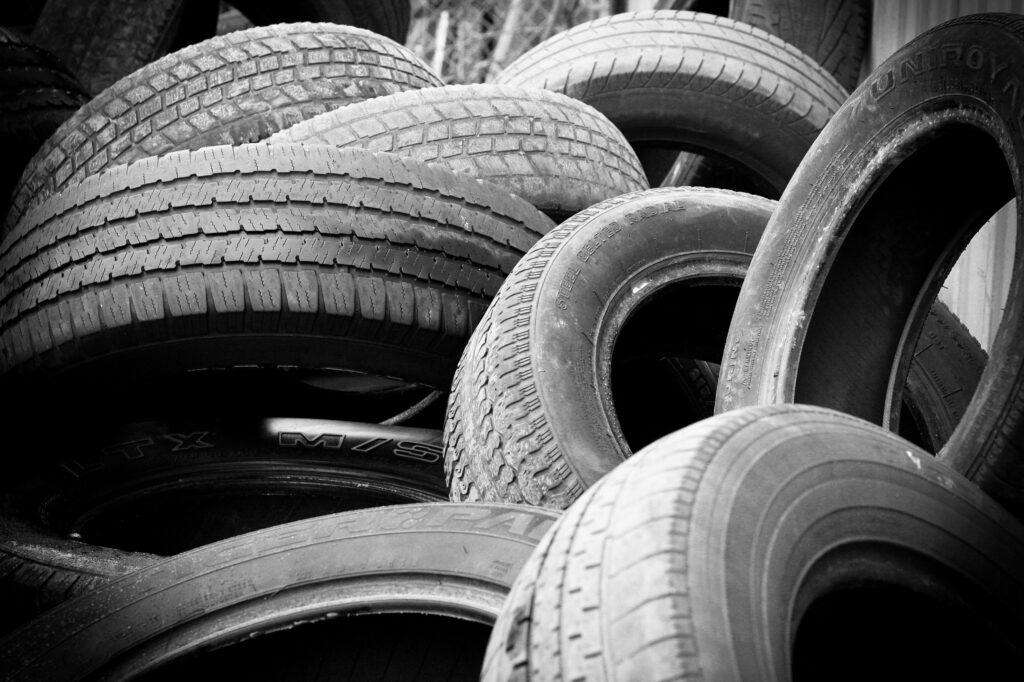
7. Reduced Performance
Overheated summer tires can significantly impact the performance of your vehicle. As temperatures rise, tire grip and traction may decrease, affecting your ability to accelerate, brake, and navigate corners safely. If you notice that your vehicle’s handling feels less responsive or that it takes longer to come to a stop, it may be a sign that your summer tires are suffering from overheating.
8. Loss of Traction
Overheating can also compromise the traction of your summer tires, particularly on hot asphalt or concrete. Reduced traction can manifest as your vehicle slipping or sliding, especially during cornering or braking. If you feel your vehicle losing grip or notice that it is difficult to maintain control on the road, it is essential to address the issue promptly to avoid hazardous situations.
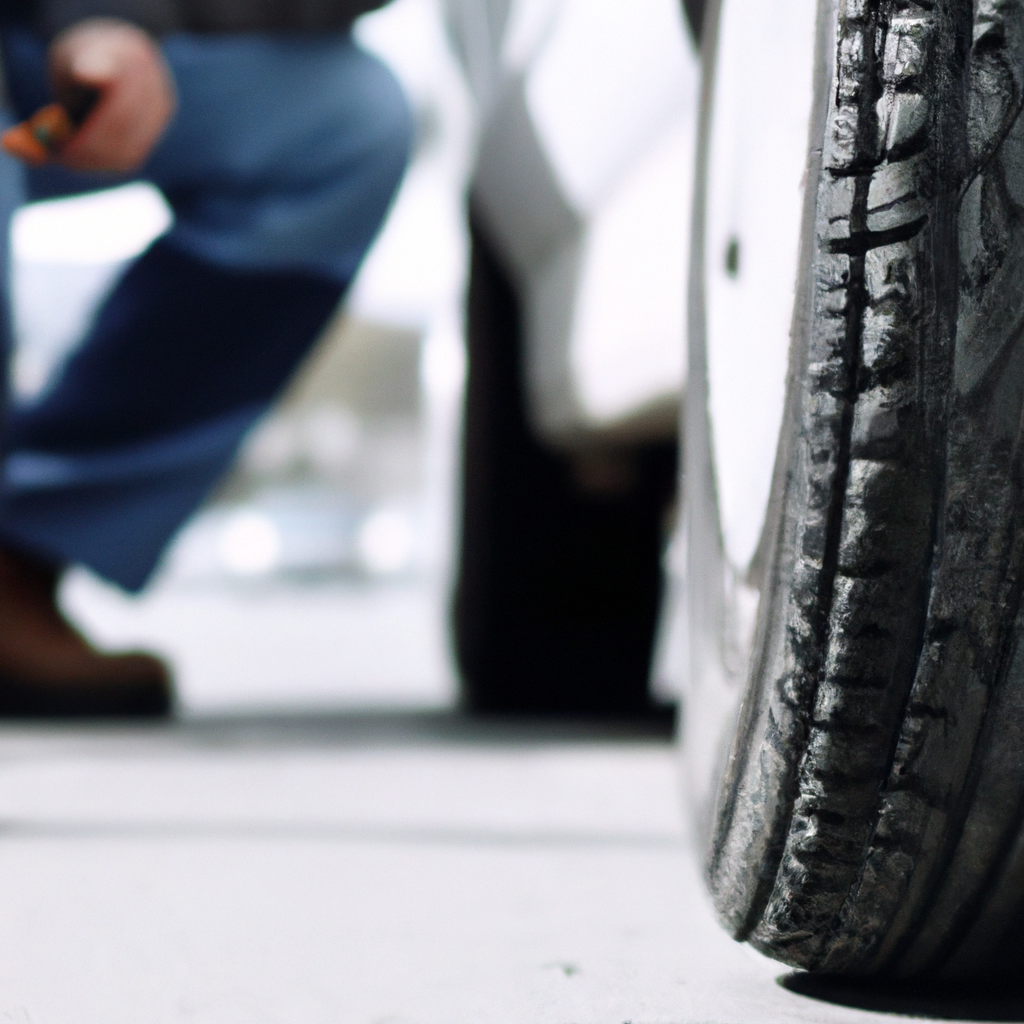
9. Increased Fuel Consumption
Unbeknownst to many, overheating summer tires can contribute to increased fuel consumption. When tires overheat, they lose their optimal contact with the road, resulting in higher rolling resistance. This increased resistance requires more power from the engine, ultimately leading to greater fuel consumption. If you notice a sudden decrease in your vehicle’s fuel efficiency, it may be worth inspecting your summer tires for signs of overheating.
10. Vibrations and Noise
Finally, overheating summer tires can cause vibrations and unusual noises while driving. If you feel excessive vibrations through your steering wheel or notice a rumbling or humming sound, it could indicate an issue with your tires. These symptoms may be especially noticeable at higher speeds. Vibrations and noise can be a result of tire damage or uneven wear caused by overheating, and addressing them promptly is crucial for your safety on the road.
In conclusion, it is essential to be vigilant for signs of tire overheating with summer tires. Increased temperature, excessive tread wear, blistering or bubbling, uneven tire pressure, unusual tire smell, tire blowouts, reduced performance, loss of traction, increased fuel consumption, and vibrations and noise are all indicators that your summer tires may be overheating. Regular inspections and maintenance, including proper tire inflation and rotation, can help prevent overheating and ensure the safety and longevity of your summer tires.
